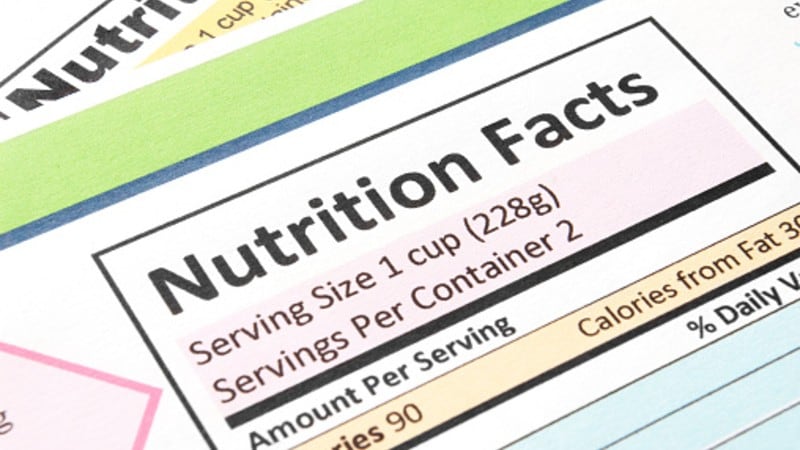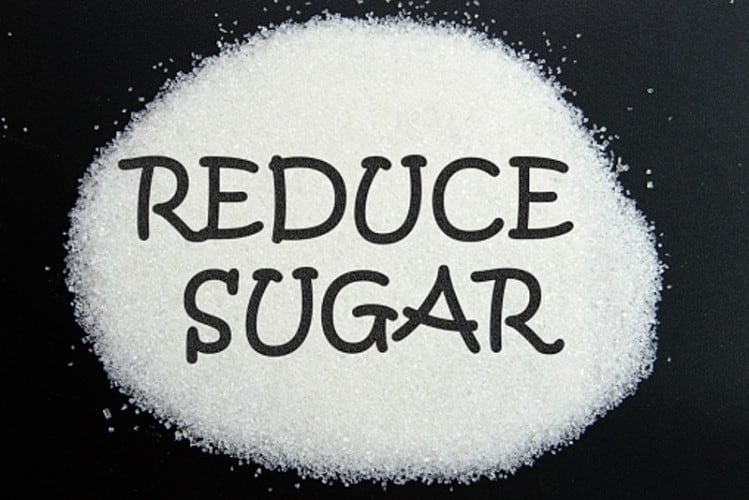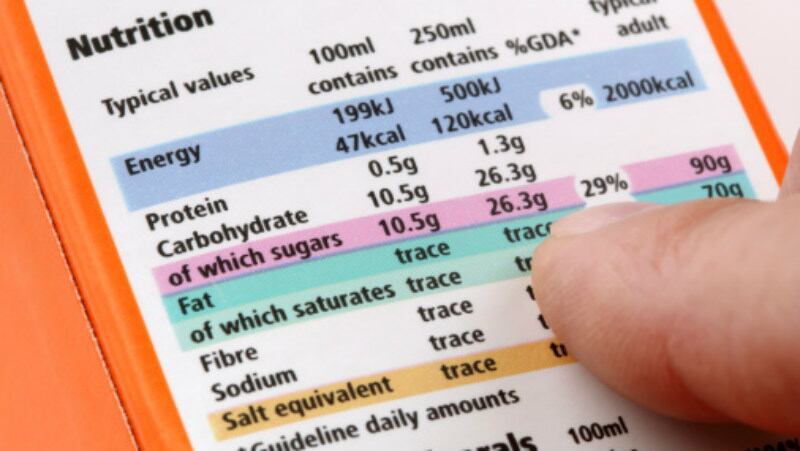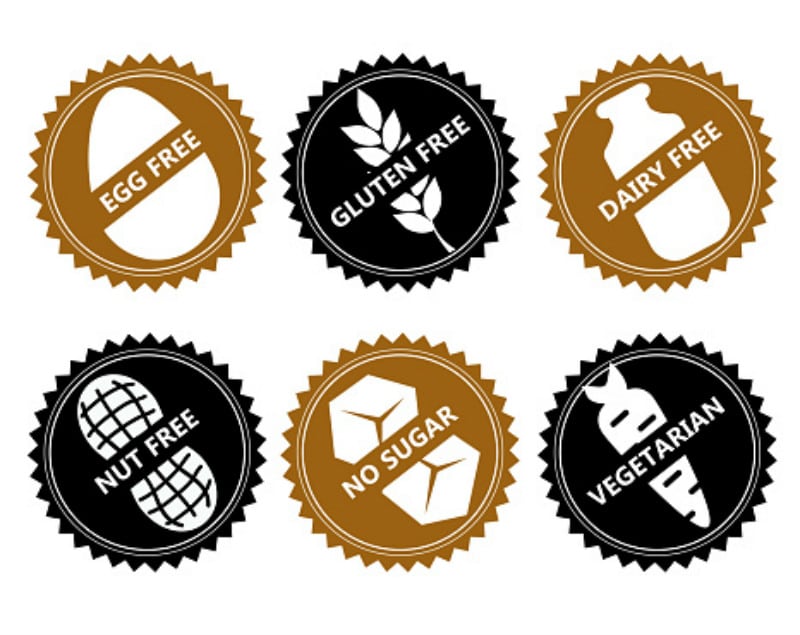In September 2023, the Philippines FDA issued a formal circular highlighting that food manufacturers and distributors in the country will need to adhere to updated labelling requirements for pre-packaged processed food products.
These changes were based on the Recommended Energy and Nutrient Intakes (RENI) nutritional system dietary standards used in the Philippines, which has been in force since 2002 but saw major updates based on advances in the understanding of energy and nutrient requirements back in 2015.
Many adjustments were made to the area of Recommended Energy Intake / Recommended Nutrient Intake (REI/RNI), which is commonly displayed as a %REI/RNI value on food packaging, but adherence to these were not officially mandated in local regulations until this time.
“In line with updates made to the RENI by the Department of Science and Technology – Food and Nutrition Research Institute (DOST-FNRI) based on scientific advancements in nutritional understanding, the FDA shall now use the new REI/RNI [as presecribed],” FDA Director General Dr Samuel Zacate stated in the circular.
“This change will apply to the nutrition labelling of all pre-packaged processed food products, as well as when it comes to planning food fortification programmes, nutrition advocacy, formulating regulations and more, in place of the 2002 RENI.
“This will serve as guidelines for all [food and beverage firms] will regard to the use of % REI/RNI, and all affected manufacturers, traders and distributors of such processed food products in the Philippines will be [given a] transition period [of] two years.”
The portion of the product label containing Nutrition Facts or Nutrition Information must also carry the statement ‘Based on PDRI 2015’ moving forward in order to avoid any ambiguity.
The PDRI 2015 recommended daily nutrient intakes cover a wide scope from macronutrients such as protein and fatty acids to vitamins to minerals such as calcium and magnesium, and specified levels are recommended according to different age groups i.e. infants, children, teenagers and adults, specific down to the age and gender of the consumer.
For instance, 46g of protein is recommended for an 11 year-old female child as opposed to 43g for a male child; and 62g for a 31-year-old female adult compared to 71g for a male.
“This circular will also see the adoption of the WHO recommendation for sodium consumption limits, as there is no RNI value for sodium available,” the agency added.
More information can be found on the FDA circular, available here.
Many updates in the region
The Philippines is the latest in a long string of Asian countries implementing updates to local food labelling laws after the COVID-19 pandemic, in keeping with rising consumer awareness of health and nutrition and in an attempt to broaden the scope of this awareness to all socioeconomic classes.
In June this year, Vietnam implemented mandatory nutritional labelling standards in alignment with international standards , which compelled smaller food and beverage manufacturers which had heretofore not displayed comprehensive nutritional information on their product. packaging to do so.
Similarly, South Korea has also taken steps to improve product labelling in terms of standardising country-of-origin information labelling, an important consideration for the East Asian market which imports a large percentage of its food products and also has very differing price systems for these depending on the type of food item.
For instance, a 2021 price relationship study conducted by the Korea Rural Economic Institute and Jeonbuk National University revealed that South Korean premium beef (Hanwoo) is considered much more of a luxury item compared to imported beef from the United States and Australia, and is thus priced at a much higher point.
Imported beef is considered more on par with non-premium local beef (Yukwoo) in this market and is priced lower than Hanwoo as well, hence the main country-of-origin labelling challenges often faced here are with the labelling of these as premium Hanwoo as opposed to local meat being labelled as imported fare.





